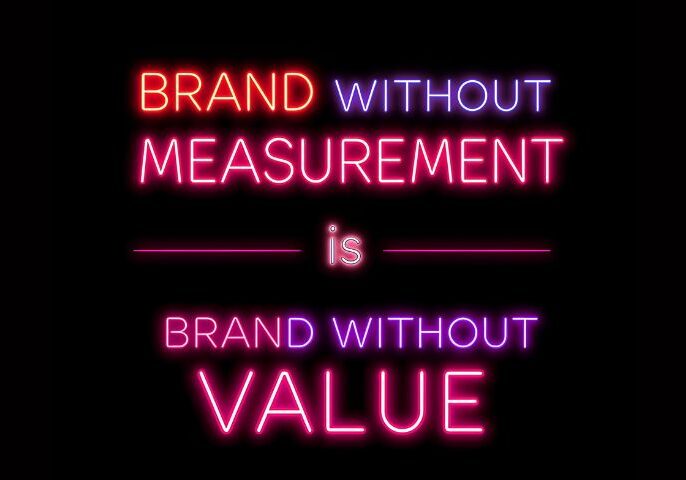When Good Work Stays Invisible
I have been working with and around purpose-led organisations for quite some time, and I see the same patterns repeatedly. Brilliant missions are often hindered by marketing that fails to match the scale of their impact. Passionate teams become frustrated that their essential work is not getting the recognition, support or funding it deserves.
The problem is not a lack of dedication or poor intentions. The challenge is that many third sector organisations still approach marketing with assumptions that do not work in a crowded and complex digital environment; unless these assumptions are challenged, good work risks staying invisible.
The Five Fatal Assumptions Holding Third Sector Organisations Back
If We Do Good Work, People Will Notice
This belief comes from an earlier era when communities were smaller and word of mouth carried more weight. Today, thousands of charities and social enterprises compete for attention, and excellent work without communication is like having the best kept secret in social impact.
Your beneficiaries know you are making a difference. Your board sees the outcomes. But potential funders, volunteers and community partners often have no idea.
Impact without communication is an invisible impact.
Marketing Is For Commercial Businesses, Not Us
Some third sector leaders still see marketing as something slightly uncomfortable or misaligned with their values. This mindset leads to half-hearted activity or communications that fail to connect.
Purpose-led organisations do not need to sell in a way that feels inauthentic. They do, however, need to communicate their value clearly so that the right people can find them and support their mission.
Funders increasingly expect to see not just what you do, but how you share the evidence of your impact. In this way, communication becomes part of your credibility, not an optional extra.
Everyone Will Understand Our Complex Work
Third sector organisations often have multiple stakeholders to serve at once. Beneficiaries, funders, volunteers, regulators and community partners all require different messages.
Trying to speak to everyone at once means no one hears clearly what they need. A donor wants to understand the impact of their investment. A volunteer wants to know how their time will create change. A beneficiary wants to know what support they can access.
These are different conversations, and they need tailored communication.
Free Tools Are Good Enough
Budget constraints are real, but free is rarely free once you factor in time and opportunity cost. Spending hours on a social media channel that doesn’t reach your audience is more costly than a modest paid approach that delivers results.
The Charity Digital Skills Report shows that a lack of digital confidence is a major barrier across the sector. Yet, those organisations that make even small investments in the right tools see stronger growth. Being resource-conscious means choosing what is effective, not simply what is cheapest.
We Need To Be Everywhere
The pressure to maintain a presence on every channel spreads resources too thin. Attempting to be everywhere almost guarantees mediocrity.
Most third sector organisations would achieve far greater impact by focusing on fewer, high-value channels where their audiences already spend time. In the third sector, focus is a superpower.
The alternative is not to become more commercial but to become more strategic.
From Heroics To Systems
All too often, third sector marketing relies on individual heroics. A dedicated comms officer works late into the night, or a volunteer manages social media in their spare time. This energy is admirable, but it is not sustainable.
Sustainability comes from systems. Templates for stories. Processes to capture photos or quotes during service delivery. Partnerships with local media that understand your cause. Regular rhythms of communication that do not need reinventing every month.
When systems replace heroics, marketing continues to work even when staff are fully absorbed in mission delivery.
Why This Matters More Than Ever
Funders, donors and policymakers increasingly expect evidence of impact communicated clearly. The Charities Aid Foundation reports that more than 70% of donors want to see measurable outcomes before they give again.
The reality is that communication is no longer optional. It is part of delivering the mission itself. If your work cannot be seen, it cannot be supported.
Your Mission Deserves Strategic Support
Purpose-led organisations deserve marketing that works as hard as they do. Not glossy campaigns for their own sake, but authentic communication that makes impact visible.
Your mission is too important to stay hidden. The world needs more people to know about the brilliant work you are already doing. – Stop letting old assumptions hold you back. Start treating communication as mission-critical. Your mission deserves nothing less. Drop us a message, and let’s have a chat.






